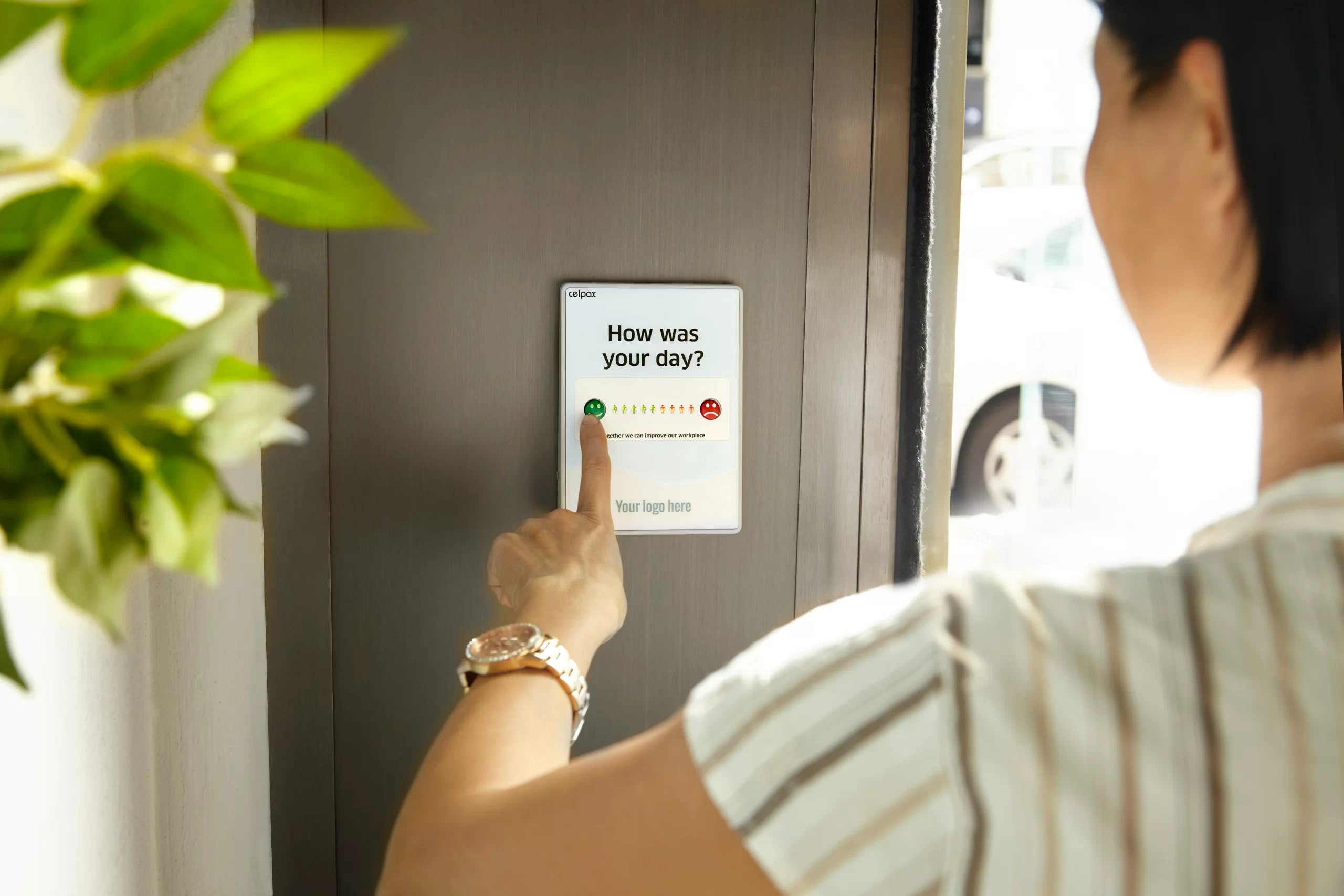Customer satisfaction scores can make or break your retention strategy. But if you’re juggling multiple platforms just to collect feedback, you’re making it harder than it needs to be.
The good news? Salesforce gives you several paths to measure CSAT without the headache of managing separate tools. Let’s explore the methods that actually deliver results, including insights from the top Salesforce survey tools available today.
What Makes a CSAT Survey Effective in Salesforce
The 5-Point Scale Standard
Most successful CSAT surveys stick to the tried-and-true 5-point scale. Responses of 4-5 count as “satisfied,” giving you a clear benchmark to track improvement.
The calculation is straightforward: (Satisfied responses ÷ Total responses) × 100. Send too early and customers haven’t experienced your solution; send too late and the interaction feels like ancient history.
Integration That Actually Works
Here’s where most teams stumble—they choose survey tools that create data silos instead of connecting to existing workflows.
Native Salesforce solutions automatically map responses to Cases, Contacts, and Accounts without extra setup.
The key is avoiding the scenario where your CSAT data lives separately from your customer records. Proper mapping CSAT scores to Salesforce objects ensures your feedback data integrates seamlessly with your existing processes.
Top Methods for CSAT Survey Salesforce Integration
Method 1: Native Salesforce Survey Builder
Salesforce’s built-in survey functionality creates automated triggers when cases close. Process Builder handles the automation, sending surveys based on specific criteria you define.
Your email templates need to feel personal while staying professional. Include case numbers and agent names to give context that improves response rates.
Pros:
- Zero integration headaches
- Automatic data mapping
- Built-in reporting capabilities
Cons:
- Basic customization options
- Limited survey logic
- Fewer design templates
The native approach works best for straightforward CSAT collection without complex branching needs.
Method 2: GetFeedback Integration
GetFeedback requires creating custom objects like CSAT_Response__c to store survey data. Field mapping uses merge tags to connect responses with customer records.
Dashboard formulas become crucial for calculating scores across different segments. You’ll need custom report types to get the insights you want.
Method 3: Einstein Analytics Templates
Einstein Analytics takes CSAT beyond simple scoring by identifying patterns that predict low satisfaction. Service Performance dashboards show correlations between response times and customer happiness.
Anomaly detection flags unusual drops in satisfaction scores before they become bigger problems. This proactive approach helps you address issues while they’re still manageable.
Method 4: Service Intelligence Integration
Unified Metrics Approach
Service Intelligence combines CSAT with Customer Effort Score (CES) and Net Promoter Score (NPS) in unified dashboards. Root-cause clustering identifies common factors behind low satisfaction scores.
Prescriptive recommendations suggest specific actions based on your data patterns. Instead of just showing problems, it points toward solutions.
Implementation Requirements
Service Intelligence requires specific Salesforce editions and can be complex to set up initially. The ROI calculation depends on your team size and case volume.
Consider your technical capabilities before committing to this approach. Some organizations need dedicated Salesforce administrators to manage the complexity.
Method 5: Flow-Based Survey Automation
Flows give you more trigger options beyond simple case closure. You can send surveys based on case type, resolution time, or customer tier.
Multi-step survey logic lets you ask follow-up questions based on initial responses. Response routing can automatically escalate low scores to management.
Method 6: In-App Survey Widgets
Real-time feedback collection happens directly within your service console. Agents can trigger surveys during or immediately after interactions.
Contextual survey placement means customers see requests when they’re most engaged. This timing advantage often leads to higher response rates.
Method 7: SurveyVista Native Integration
And for our final method, a native Salesforce integration that works seamlessly into your existing Salesforce setup.
SurveyVista eliminates the complexity of other approaches with genuine no-code setup. Your feedback data flows instantly into Salesforce without sync delays or integration headaches.
Built specifically for Salesforce rather than retrofitted to work with it. This means fewer workarounds and more reliable data flow.
Your Next Steps
Your CSAT strategy shouldn’t require a PhD in Salesforce administration. The best approach is the one your team will actually use consistently.
Whether you choose native Salesforce tools or a purpose-built solution, keep your feedback data integrated with customer records. This integration makes your insights actionable instead of just interesting.
Ready to streamline your CSAT surveys? See how a native Salesforce survey platform eliminates the complexity while keeping your data secure and actionable. Learn more about creating CSAT surveys for case closure with proven automation that drives results.
Frequently Asked Questions
What’s the difference between native Salesforce surveys and third-party integrations?
Native solutions automatically map data to your existing Salesforce records without custom objects or complex setup. Third-party tools often require connections, custom field mapping, and create data silos that complicate reporting and follow-up actions.
How do I calculate my CSAT score in Salesforce?
Use the standard formula: (Satisfied responses ÷ Total responses) × 100. Responses of 4-5 on a 5-point scale count as “satisfied.” Most Salesforce survey tools can automate this calculation in custom reports and dashboards.
When should I send CSAT surveys for the best response rates?
Send surveys immediately after case closure or positive interactions. Avoid sending during escalated cases or too long after the interaction. Space multiple surveys appropriately to prevent survey fatigue and maintain engagement.
Can I automate follow-up actions based on CSAT scores?
Yes, most Salesforce survey methods support automated workflows. You can trigger escalations for low scores, send thank-you messages for high scores, or create tasks for account managers to follow up with dissatisfied customers.
Do I need special Salesforce editions to run CSAT surveys?
Basic CSAT surveys work with most Salesforce editions. Advanced features like Einstein Analytics or Service Intelligence require higher-tier licenses. Native survey builders typically work across all editions with standard functionality.
More Like This

Rajesh Unadkat 
Founder and CEO
Rajesh is the visionary leader at the helm of SurveyVista. With a profound vision for the transformative potential of survey solutions, he founded the company in 2020. Rajesh's unwavering commitment to harnessing the power of data-driven insights has led to SurveyVista's rapid evolution as an industry leader.
Connect with Rajesh on LinkedIn to stay updated on the latest insights into the world of survey solutions for customer and employee experience management.



